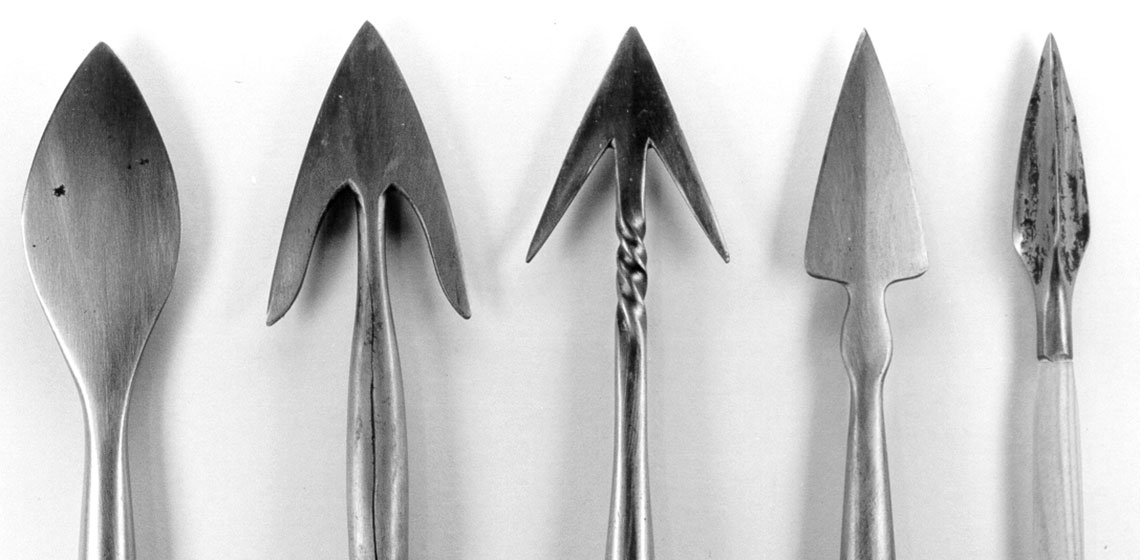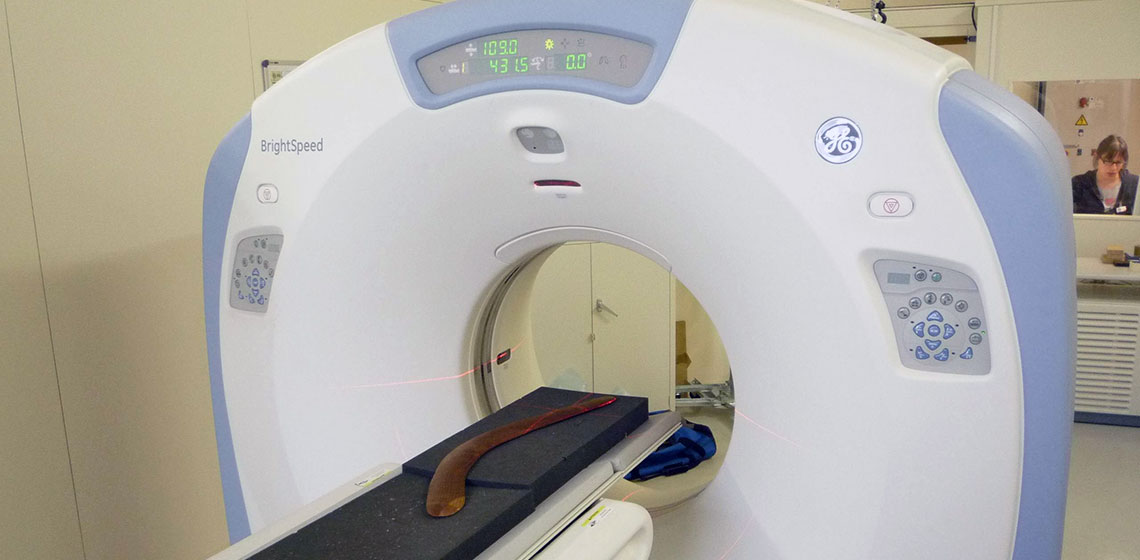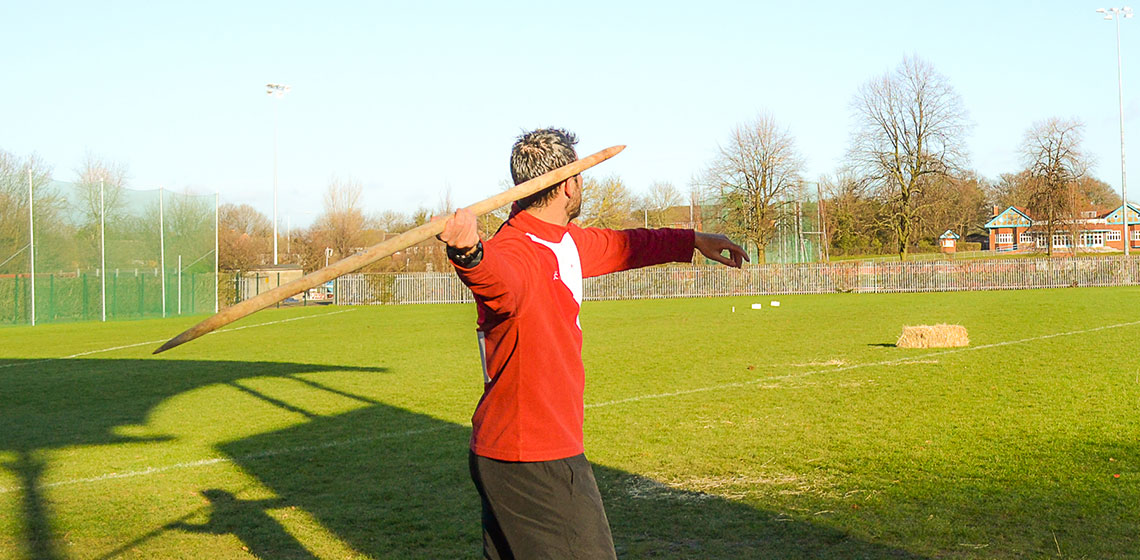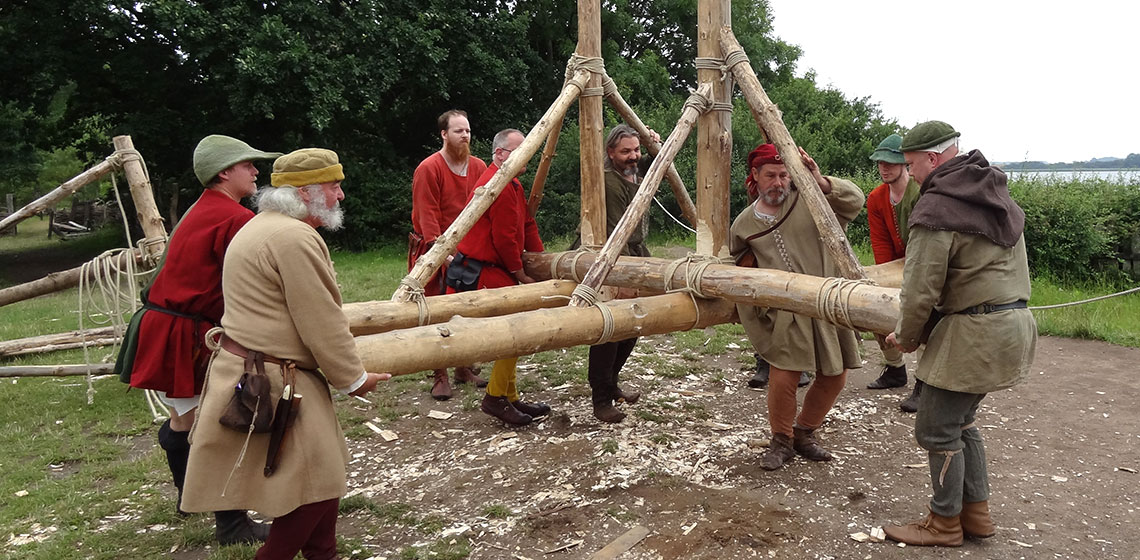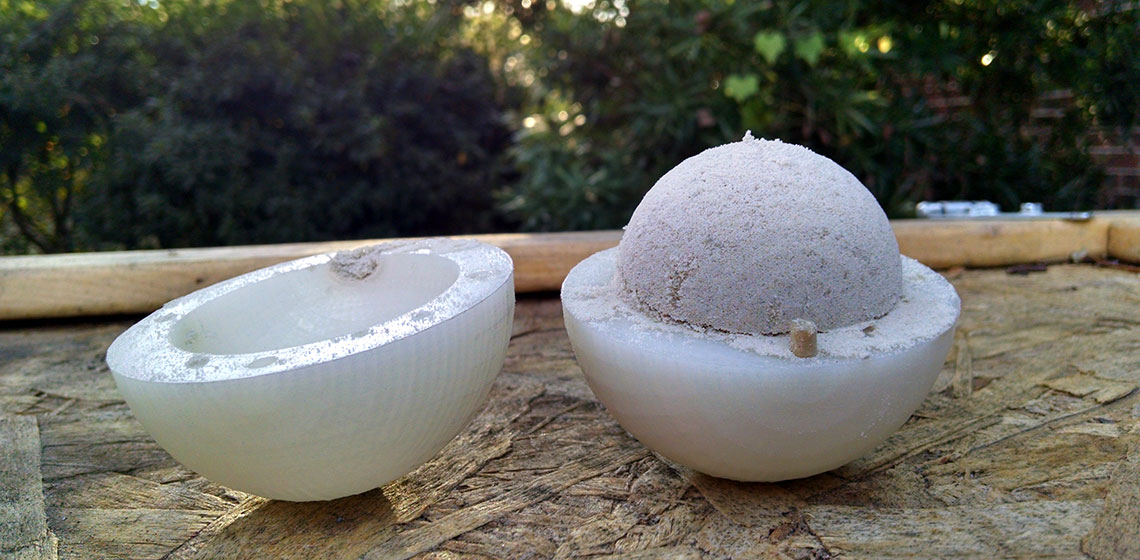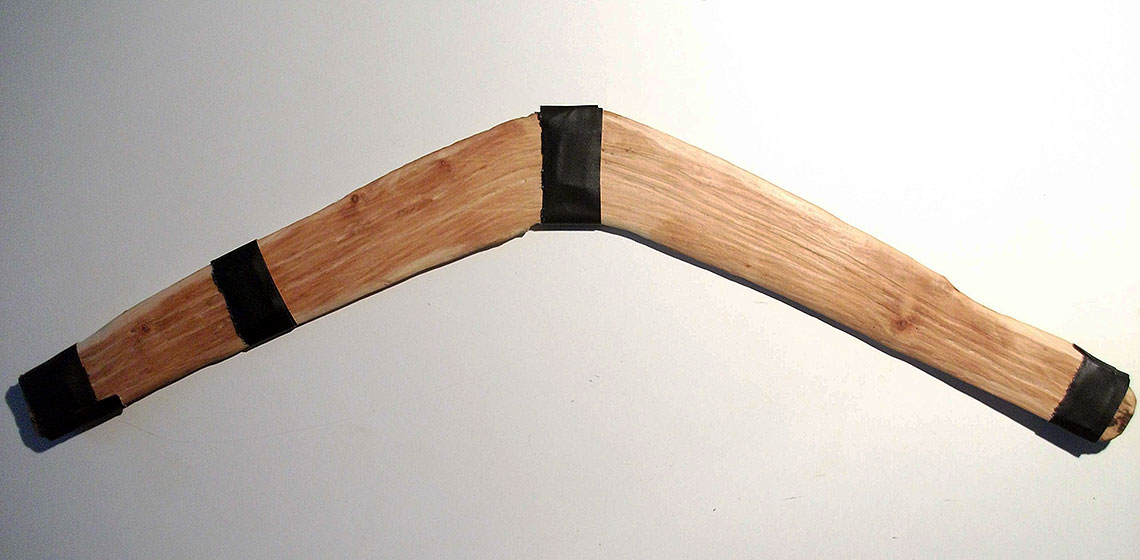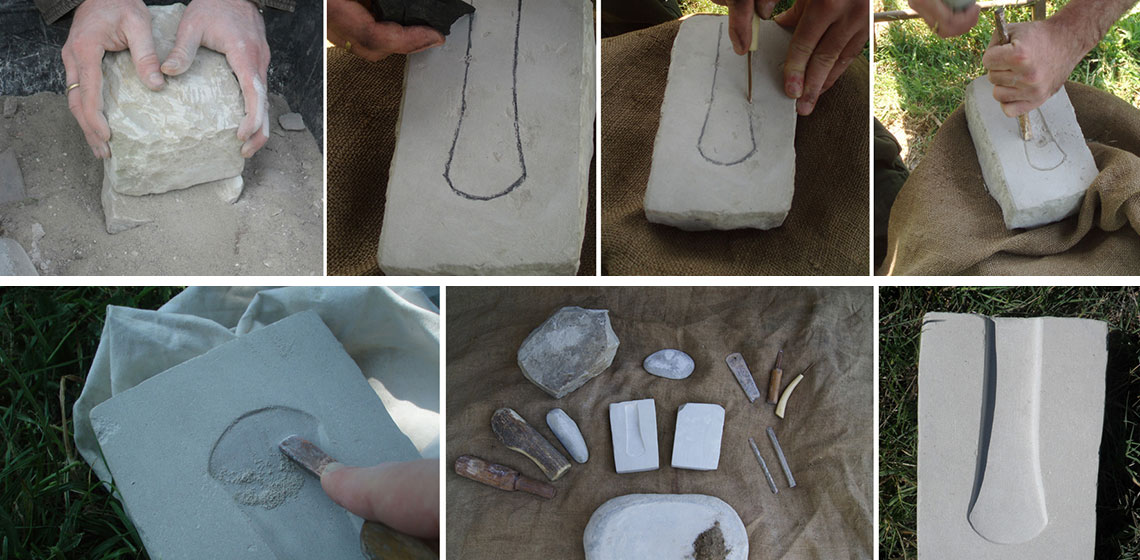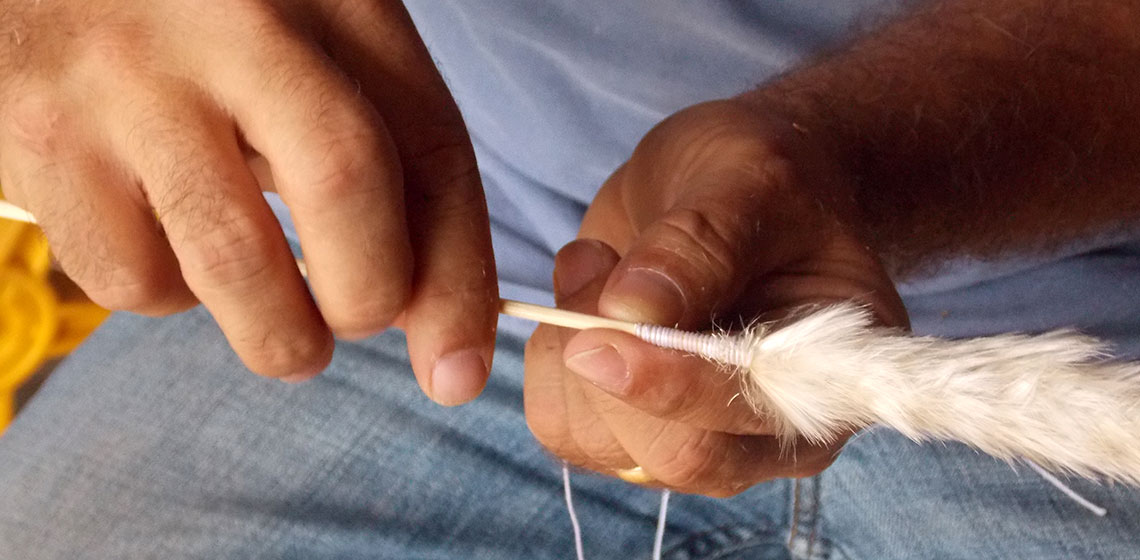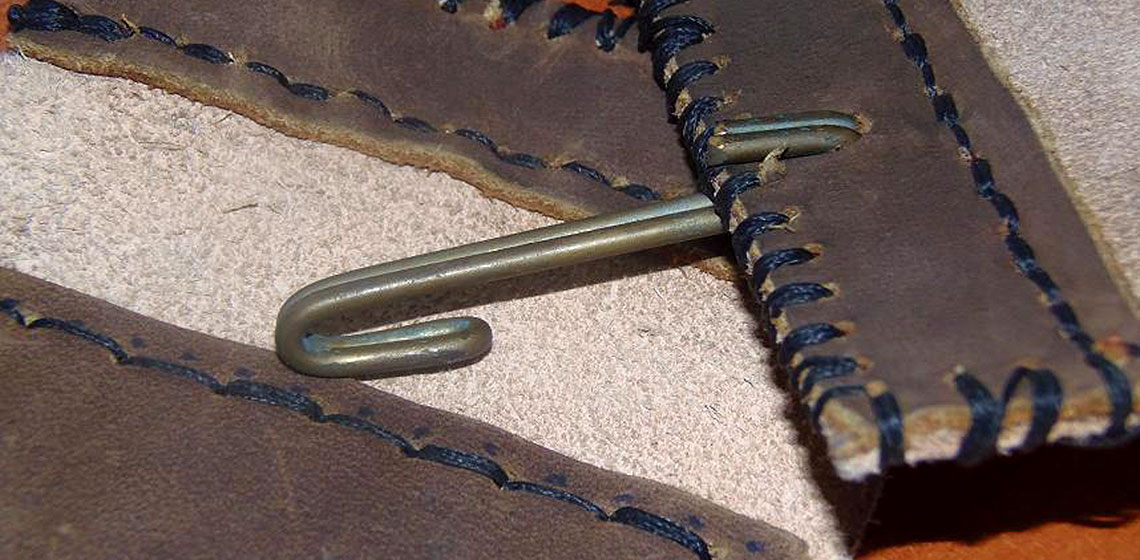weapon
X-Ray Tomography and Infrared Spectrometry for the Analysis of Throwing Sticks & Boomerangs
In 2009, confronted to the study of throwing sticks collections from several museums and private collections (including more than three hundreds artefacts) and the need to evaluate their aerodynamic and functions, I developed a throwing stick classification and a methodology to measure their characteristics (Bordes, 2014). This approach is complementary to the gathering of ethnographic or archaeological contextual data to confirm or invalidate hypotheses about theirs functions.
Skills Shortage: A Critical Evaluation of the Use of Human Participants in Early Spear Experiments
Traction Trebuchet
Shifting the Sand: Replicating Black Powder Grenades
Weapon
An object such as a sword or a spear, used to kill or injure people or animals, usually in a war, fight or hunt.
A Gaulish Throwing Stick Discovery in Normandy: Study and Throwing Experimentations
Stone Moulds from Terramare (Northern Italy): Analytical Approach and Experimental Reproduction
Introduction
Although a long list of publications has been dedicated over the last several decades to the questions concerning early metallurgy, the achievements and the potential contributions of experimental archaeology in this area of interest still remain quite underestimated by a consistent part of academia, at least in Italy. At some official occasions the debate between the theoretical knowledge-holders and the technical skill-holders strongly emerges, but very few come back home with a true increased respect and acceptance for the counterpart's work.
Hunting with Cane: Traditional Cherokee Blowguns and Darts
A Picenian Warrior Who Lived in the Eight Century BC: A Hypothetical Reconstruction
Various populations inhabited this territory from the tenth to the early third century BC, when the Roman army took control of it: the Laziali and Sabini in Lazio, the Etruscans and, from the fifth century, Celts in Toscana and Emilia Romagna, Umbri in Umbria and Picenians in Marche and Abruzzo. At the beginning of the Iron Age, and until the eighth century, we have evidence of other populations as well. The most ancient group being the Sub-Apenninical culture, which were Villanova and Proto-Villanovan populations that seem to have had towns in the Region Marche.

